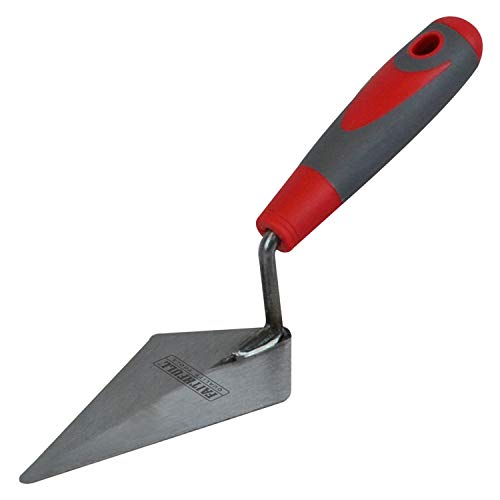Why Should You Sharpen Your Trowel?
If you are a gardener or a DIY enthusiast, you probably know the value of a good trowel. This small handheld tool is essential for tasks such as planting, digging, and weeding. However, over time, the edge of your trowel can become dull and less effective at cutting through soil. Sharpening your trowel can restore its cutting ability and improve your gardening experience. In this article, we will guide you through the process of sharpening your trowel and provide some tips for maintaining its sharpness.
Gather Your Tools
Before you start sharpening your trowel, make sure you have the necessary tools at hand. You will need a file or a sharpening stone, a clamp or vice, protective gloves, and safety glasses. The file or sharpening stone should have a medium grit to effectively sharpen the blade of the trowel. Once you have all the tools ready, you can move on to the next step.
Secure the Trowel
To safely sharpen your trowel, you need to secure it in place. Use a clamp or vice to hold the trowel firmly, ensuring that it doesn’t move while you are sharpening. This will prevent any accidents and allow you to focus on sharpening the blade effectively.
Sharpen the Blade
Once your trowel is securely fastened, it’s time to start sharpening the blade. Hold the file or sharpening stone at a 20-degree angle to the edge of the blade. With gentle pressure, move the file or stone across the edge of the trowel in a smooth motion. Repeat this process several times, focusing on each section of the blade to ensure an even sharpening.
Make sure to maintain a consistent angle throughout the sharpening process. This will help you achieve a sharp and precise edge on the trowel. If you are using a sharpening stone, remember to lubricate it with water or oil to prevent it from clogging and to ensure smooth sharpening.
Test the Sharpness
After sharpening the blade, it’s important to test the sharpness of your trowel. Carefully run your finger along the cutting edge to check if it feels sharp and smoothly finished. Be cautious while doing this to avoid any accidental cuts. If the blade doesn’t feel sharp enough, you can repeat the sharpening process until you achieve the desired sharpness.
Maintain Sharpness and Clean Your Trowel
Now that your trowel is sharp, it’s essential to maintain its sharpness for future use. After each gardening session, take a moment to clean your trowel to remove any dirt, debris, or moisture that can damage the blade. This will help prevent rusting and preserve the sharpness of the trowel.
Additionally, you can regularly touch up the blade with a honing stone or file to keep it sharp over time. This will ensure that your trowel is always ready for use whenever you need it in your gardening endeavors.






